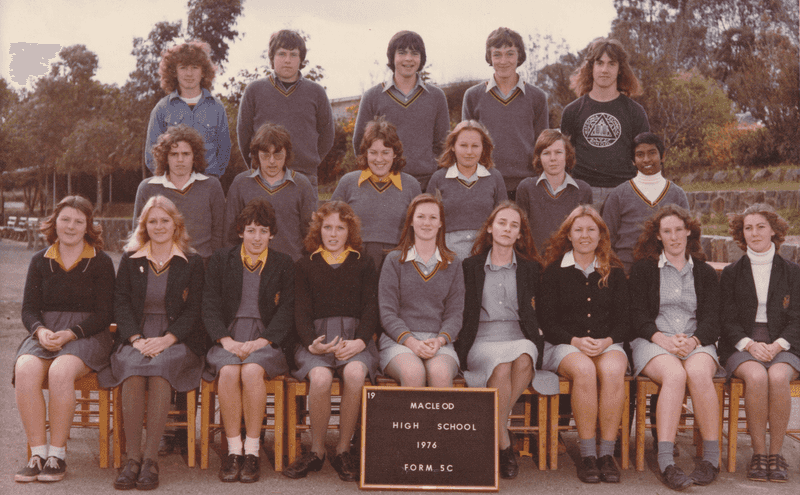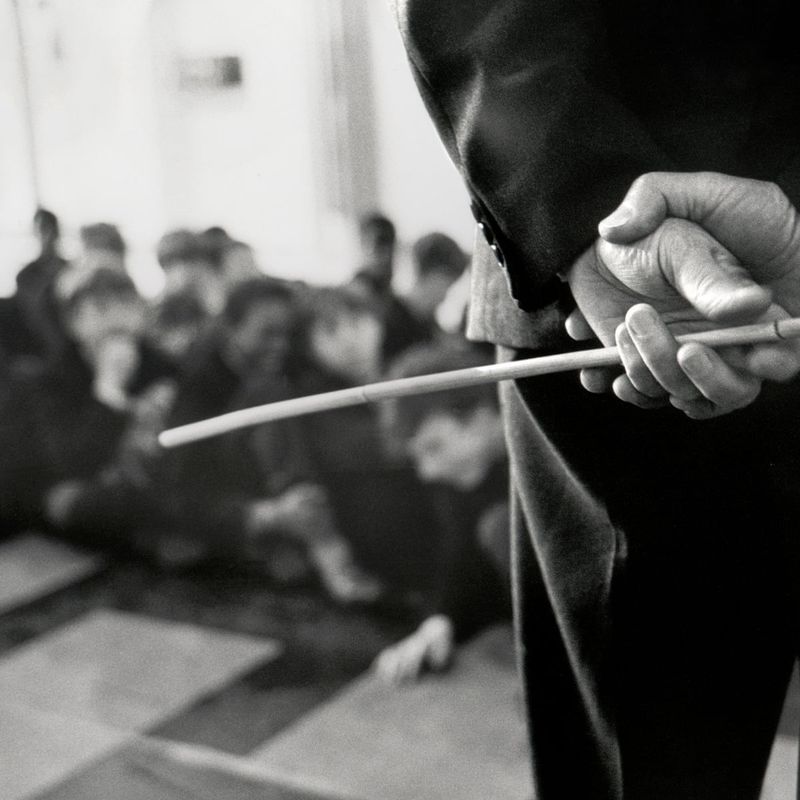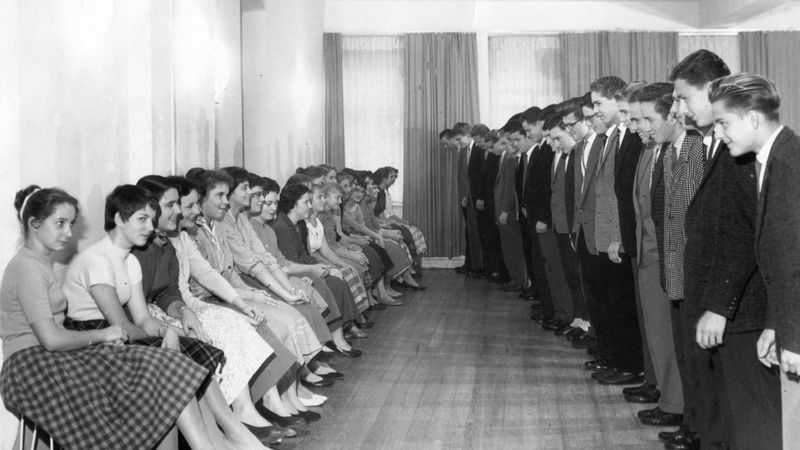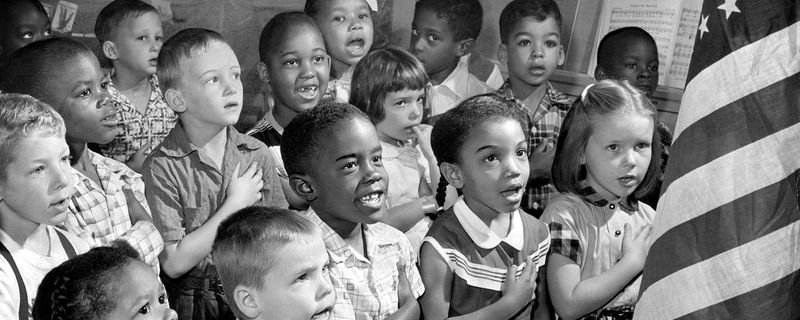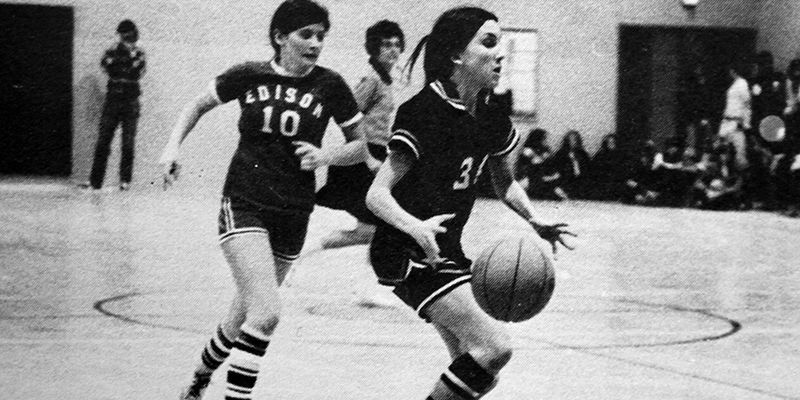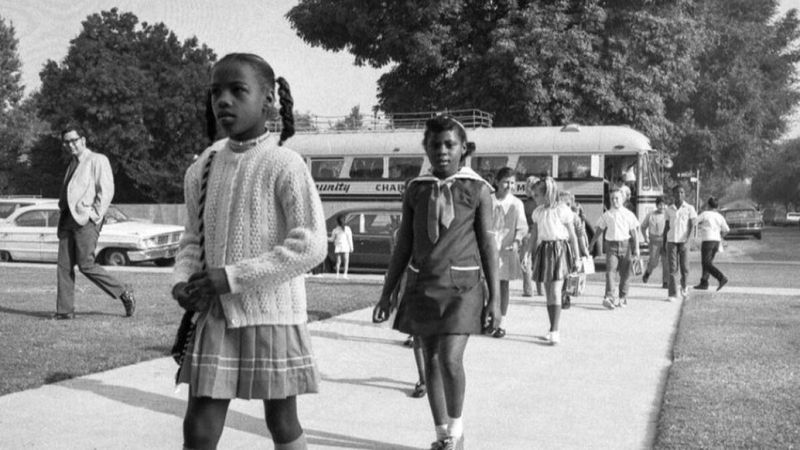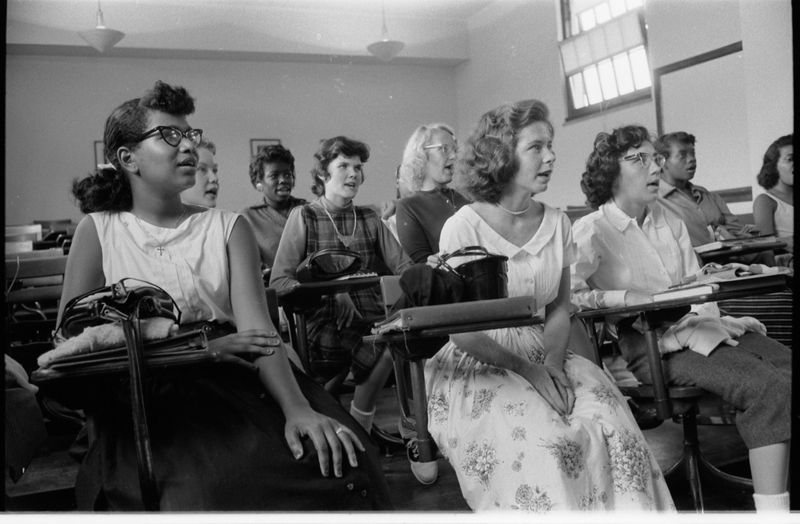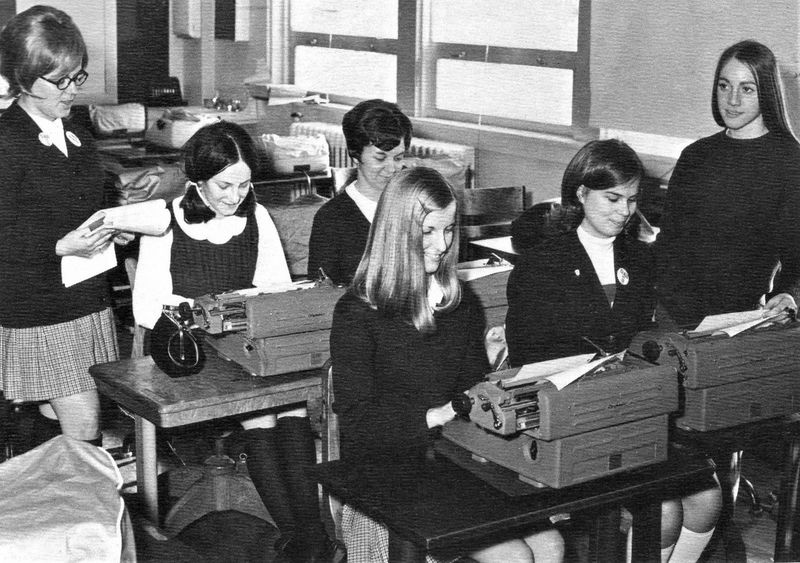10 School Rules From the 70s That Would Rise The Eyebrow Today
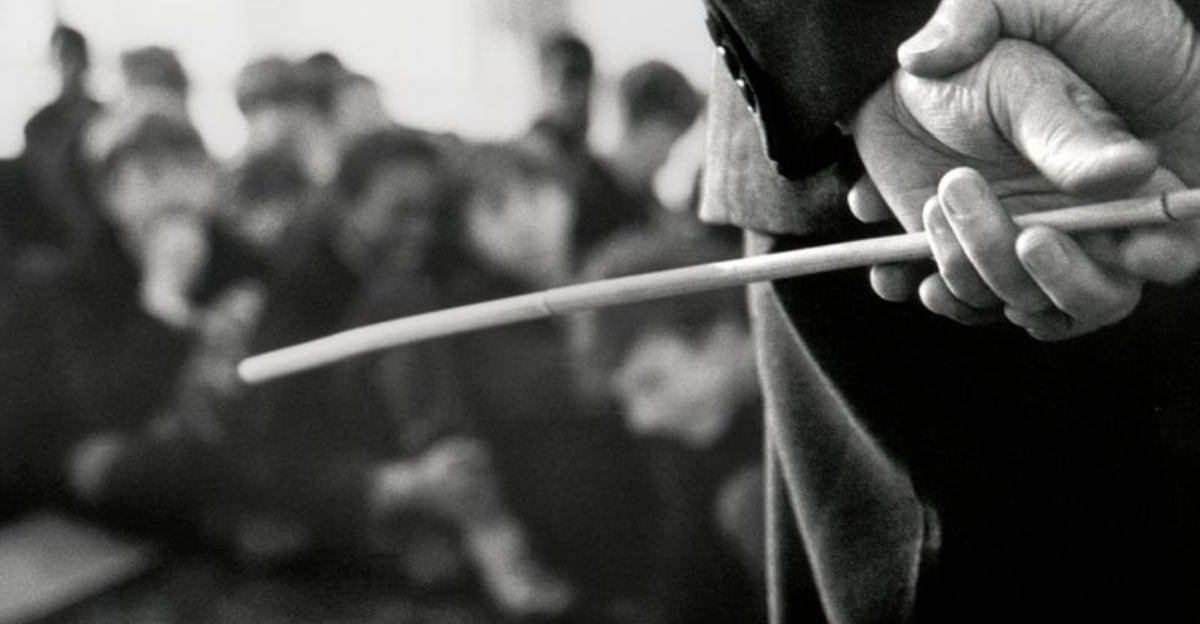
From dress codes that felt like military regulations to discipline methods that now seem downright medieval, schools in the ’70s enforced rules that would feel absurd (or even controversial) today.
While some of these policies were meant to promote order and discipline, they often stifled creativity, restricted personal expression, and reflected rigid societal norms. Looking back, it’s clear just how much times (and educational philosophies) have changed.
Here are ten school rules from the ’70s that would leave today’s students and parents scratching their heads in disbelief.
1. Strict Dress Codes
If you thought today’s dress codes were strict, try going back to the ’70s, where the length of your skirt or the cut of your hair could land you in detention.
Boys were expected to have “respectable” short haircuts, while girls’ skirts were measured down to the inch. Anything too tight, too short, or too casual was swiftly banned. Even jeans, the undisputed staple of ’70s fashion, were outlawed in many schools for being “too rebellious.”
Fast forward to today, and fashion is all about self-expression. Modern dress codes are far more relaxed, reflecting a shift in cultural attitudes that favor individuality over uniformity. The idea of banning jeans in 2024? Unthinkable.
2. Corporal Punishment
A trip to the principal’s office in the ’70s wasn’t just a stern lecture—it often came with a wooden paddle.
Corporal punishment was a widely accepted disciplinary measure, with teachers and principals freely wielding rulers, paddles, and even belts in the name of discipline. The philosophy was simple: “Spare the rod, spoil the child.”
Today, such punishment would spark lawsuits and national outrage. Modern educators focus on restorative justice, emotional well-being, and positive reinforcement. And while detention is still a thing, at least no one’s getting smacked with a paddle anymore.
3. Gender-Specific Courses
In the ’70s, school subjects weren’t just divided by difficulty—they were divided by gender.
Girls were automatically placed in home economics to learn cooking and sewing, while boys took shop class to master woodworking and mechanics. The logic? Girls were expected to run households, while boys were being prepped for hands-on careers.
Today, such division would be seen as blatantly sexist. Modern education encourages students to explore skills based on interest rather than outdated gender norms. Now, it’s just as common to see boys learning to bake as it is for girls to pick up a power drill.
4. Hair Length Restrictions
Rockstars and hippies may have made long hair trendy, but many schools refused to let boys grow their locks.
Strict grooming policies dictated that hair couldn’t touch a boy’s collar, and facial hair was completely forbidden. Sporting shaggy hair or sideburns? Prepare for suspension.
In today’s world, hair is a personal choice, and enforcing such restrictions would be seen as an infringement on individual rights. Whether students want a buzz cut, a mullet, or a full beard, they now have the freedom to rock their style without school interference.
5. Compulsory Pledge of Allegiance
Reciting the Pledge of Allegiance was non-negotiable in the ’70s. Every student was expected to stand, place their hand over their heart, and recite the words without hesitation.
While patriotism was the goal, this rule left no room for personal beliefs or dissent. Refusing to participate, whether for religious, political, or personal reasons, was met with punishment.
Today, students have the right to opt out of the pledge if they choose, reflecting a greater emphasis on personal freedom and respect for diverse perspectives. Schools now recognize that patriotism isn’t about forced recitation but about genuine respect and understanding.
6. Limited Extracurricular Activities
If you weren’t into football, basketball, or cheerleading, your options for school activities in the ’70s were pretty slim.
Schools prioritized traditional extracurriculars, offering little for students interested in creative, technological, or alternative hobbies. Want to start a film club or a gaming society? Good luck with that.
Today, schools embrace a wide range of extracurriculars, from robotics and esports to podcasting and coding clubs. Students are encouraged to explore their unique talents, ensuring that everyone finds a place to belong.
7. Strict Attendance Policies
Attendance policies in the ’70s were strict to the point of absurdity.
Arriving even a minute late could result in public reprimands, extra homework, or even detention. Teachers and administrators prioritized punctuality over well-being, often ignoring valid reasons for tardiness.
Modern schools take a more compassionate approach, recognizing that life happens. Whether it’s a missed bus or a tough morning, students are generally given more flexibility instead of being immediately punished for minor lateness.
8. Ban on Denim Jeans
Jeans may have been a fashion staple, but in many schools, they were banned outright.
Denim was considered too casual, too rebellious, or simply inappropriate for a “learning environment.” Some schools even sent students home if they dared to show up in a pair of Levi’s.
Today, jeans are as common as backpacks in classrooms. Schools now recognize that what a student wears has nothing to do with their ability to learn. The idea of banning denim in 2024? Laughable.
9. Segregated School Events
In the ’70s, school dances were highly structured, with strict gender roles.
Most schools required boys to ask girls to dance, reinforcing outdated courtship expectations. Some even banned same-gender dance partners, preventing LGBTQ+ students from participating freely.
Today, school events are far more inclusive. Students are free to attend with whoever they choose, and traditional roles have largely disappeared, making dances about fun rather than forced social norms.
10. Mandatory Typing Classes
Before personal computers, typing class was a mandatory subject in many schools.
Students were drilled on typewriters, learning to type quickly and efficiently. The idea was that every student would need these skills for future office jobs.
While keyboarding is still an essential skill today, most students learn it naturally through daily tech use. Instead of focusing on typewriters, schools now emphasize digital literacy, coding, and multimedia skills.

